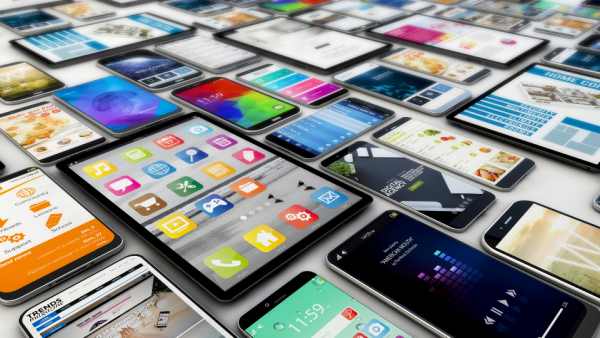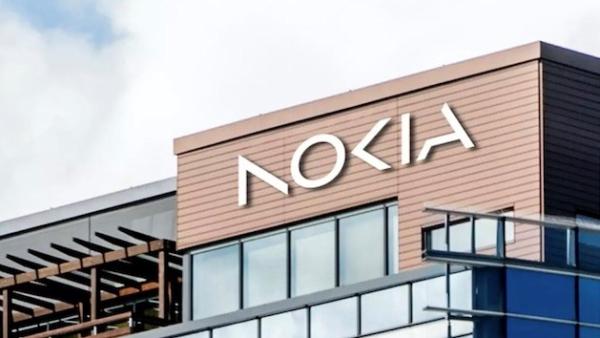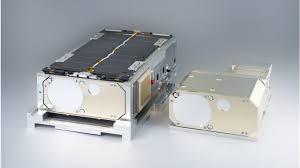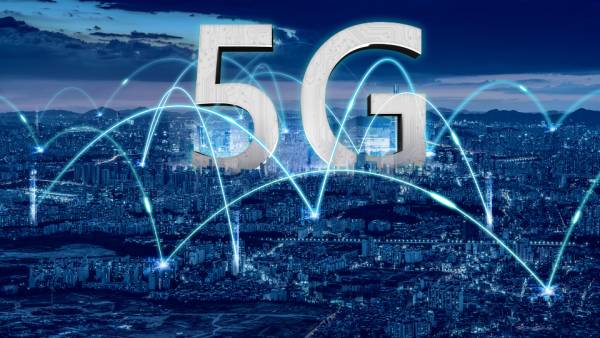Vodafone has successfully conducted an internet call over its new network specifically designed to support connected devices, opening up opportunities for critical applications like emergency monitoring and responsive healthcare in remote places.
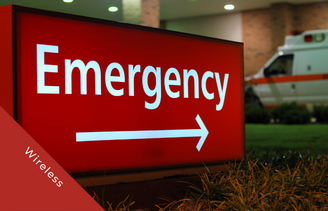
The Voice over Long-Term Evolution (VoLTE) call - or 4G calling – was carried out in Italy on Vodafone’s commercial Category M (CAT-M) network. The network is ideally suited to supporting many Internet of Things (IoT) devices via a single mobile phone site without degrading the service to smartphone users. This is the first time in Europe that a VoLTE call has been completed on active commercial CAT-M network infrastructure.
Critical Applications
The technology has wide-reaching applications. In particular, it will give users of critical devices that require voice support, in addition to data connectivity, greater peace of mind. Vodafone has identified several applications where a secure and reliable link is essential. These include:
- Connected healthcare applications, such as wearable health monitors or emergency teleassistance devices for the elderly.
- Automated services within buildings, such as fire prevention devices and connected lifts.
- Technological developments within the automotive industry, such as new alert mechanisms for vehicle accidents.
Alberto Ripepi, Chief Network Officer at Vodafone, said: “The global reach of our digital networks and technologies has a key role in connecting people and machines in an emergency.
“This technology is ideally suited to monitoring and tracking vital goods such as medical supplies, enabling safer homes for the elderly, and raising the alarm in an emergency, especially in remote and hard to reach places. Having launched the first nationwide network of its kind in Italy, we’ve now completed the first voice call in Europe.”
What is a CAT-M network?
CAT-M is the latest generation of Mobile IoT or Low-Power-Wide-Area (LPWA) technologies. It uses the 4G mobile network, unlike a standard voice call which uses either 2G or 3G. It offers higher data rates and lower latency (which is required by critical applications such as healthcare trackers, connected vehicles and alarm systems) when compared to Narrowband IoT (NB-IoT), an alternative IoT connectivity technology.
The two technologies are complementary though. NB-IoT is great for connecting for devices in hard-to-reach locations such as underground sensors – and even ones that withstand the wind and sea to monitor coastal erosion – which only need very low data rates and don’t need to be tracked on the move.
Because both these technologies only need to occasionally send a signal to the network to say the device is on, unlike smartphones which chatter all the time, they aren’t a drain on the battery. In some cases, the battery can last for up to ten years.
“Today’s announcement further underlines Vodafone’s credentials as a world leader in the Internet of Things (IoT), connecting more than 150 million devices and platforms,” concluded Alberto.



